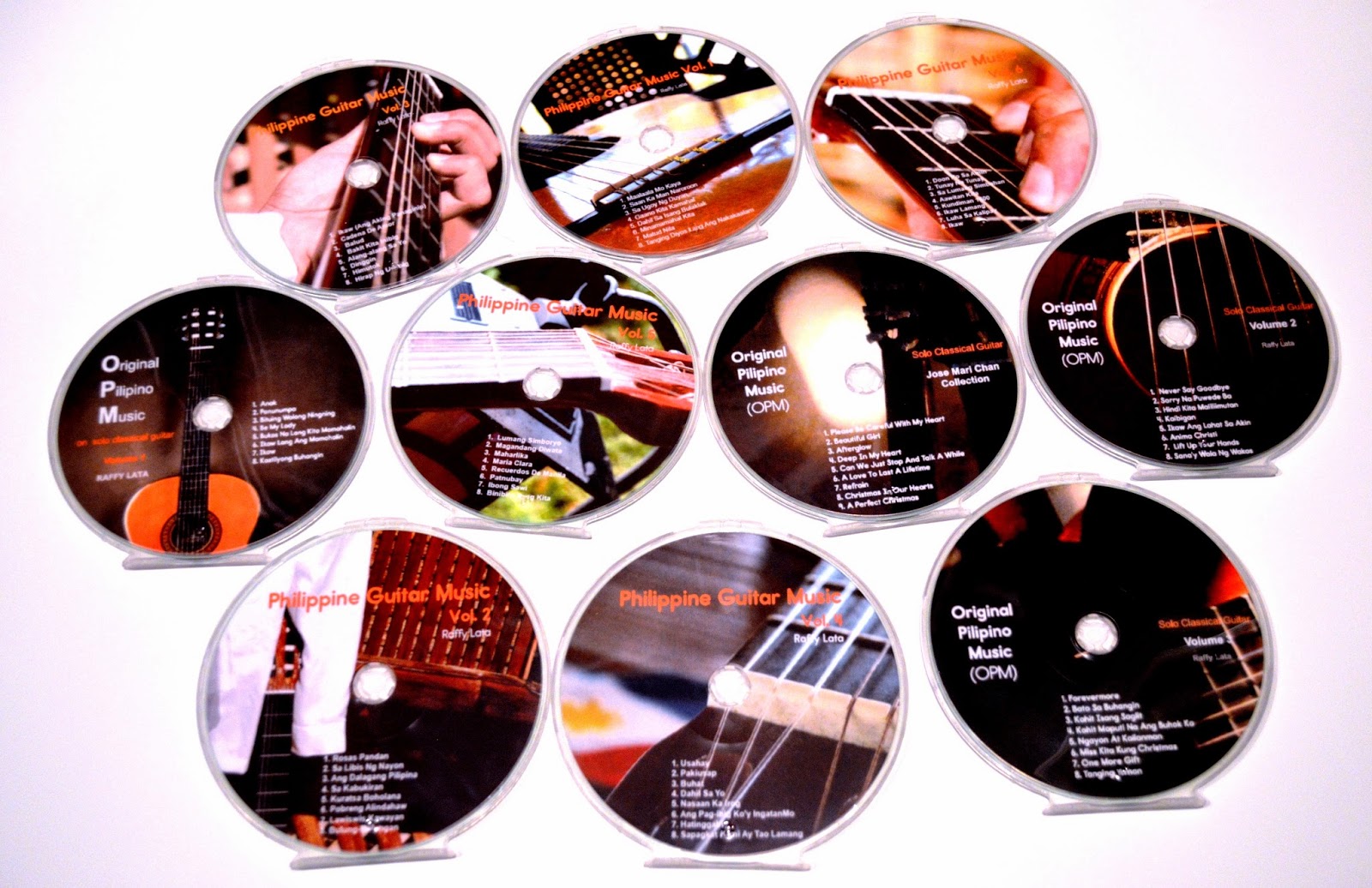It's The Guitar, Stupid!
Why does my playing stink? It's the guitar, right? Right? Wrong. Playing well (or bad) is the result of many factors, but the guitar almost always gets blamed if the performance doesn't go well. When the guitar is deemed "at-fault", it is used as an excuse to buy a new one to feed one's GAS (guitar acquisition syndrome).
That being said, someday I hope to be retired (or win the lottery, whichever comes first) and be able to afford the best guitar money can buy. I believe that a good guitar enables better technique and musicianship. However, if you are one of those people who are buying a guitar for the first time or haven't picked up a guitar in a very long time, do not buy a Ferrari if you'll only use it to commute to work. In short, the quality of guitar you choose to own should just be enough to serve your desired goals and skill level at every stage of your guitar journey. By doing so, as you practice and improve your guitar skills, you will recognize that you have outgrown your current guitar and will want a better one so you can continue your progress. Buying a high-end guitar while still a beginner will only frustrate you when you find out it will not help you to play like Julian Bream within 2 weeks of owning it.
When I started playing guitar at 8 years old, I only played locally-made guitars that my parents bought for me. I played them until they either broke or until I could afford to buy my own. I listed below some of the guitars I've played throughout the years and how they helped me build up my technique and broaden my repertoire. I've owned other guitars in-between, but I can't recall all of them, especially those during my early years. It's interesting to note that the guitars go from cheap to expensive, then head in a downward trajectory in terms of price. This is because of two things: 1) the quality of factory guitars got better over the years and their prices have gone down significantly; and 2) I did not feel that owning or playing expensive guitars served my musical goals. In the end, the music I produced from my guitars is the sum total of what I put in in terms of dedication and perseverance in learning and practicing new pieces.
1. Various local no-name guitars - made in PI
- made of firewood-grade materials cobbled together with rugby and nails
- bulletproof and waterproof since these are coated with a thick coat of varnish
- very cheap and can buy another one if it breaks
- learned the parts of the guitar
- learned the basics of guitar playing - chords, strumming, some scales
- built up the calluses on my fingers because of the sky-high action
- frustrated me to no-end in trying to tune it because intonation was all over the place
2. Yamaha no-model guitar - made in the Philippines / 1000 pesos
- plywood top, back and sides
- toy-like quality, very light and soft wood
- rosette is just a sticker
- not too loud, a mosquito buzzing near your ear will negate its sound
- learned basic classical guitar techniques - went through Fred Noad's Solo Guitar Playing
3. Yamaha C40 - made in Indonesia / 5,000 pesos
- plywood top, back and sides
- not too loud and produces a dry sound
- intonation is a bit off, but manageable
- decent enough to learn basic classical guitar techniques - arpeggios, scales
- played simple guitar pieces including studies and lessons - e.g. Sor's complete method book, Carcassi Method
4. Yamaha CG-111S - made in China / $220
- low-grade solid spruce top, laminated B/S
- nice spruce sound, but not loud because of the heavy finish
- came with high action, but was lowered
- produces some overtones, adds sustain to the notes, nice vibrato
- played beginner to intermediate guitar pieces
5. Cordoba 45R - made in Spain (I doubt)
- All solid cedar top indian rosewood B/S
- very light construction
- thick neck, difficult to play
- decent sound, but produces harsh overtones
- played beginner to intermediate guitar pieces - broadened my repertoire
6. Antonio Loriente Angela - made in Spain / $1700
- All-solid high-grade spruce top and flamed maple B/S
- french polish finish
- concert-quality sound, very sensitive
- soft bass sound
- action was perfect right out-of-the-box
- played beginner to advanced guitar pieces - started playing kundiman/harana
7. Kremona Fiesta FC - made in Bulgaria / $900
- All solid cedar top and indian rosewood B/S
- balanced sound, but weak in the higher registers
- action was perfect right out-of-the-box
- played beginner to advanced guitar pieces - continued to broaden repertoire
8. Cordoba C10 - made in China / $850
- All-solid spruce top and indian rosewood B/S
- booming bass, sound is ok but not concert quality
- comfortable to play
- action was high, but lowered
- played beginner to advanced guitar pieces - continued to broaden repertoire





Comments
Post a Comment